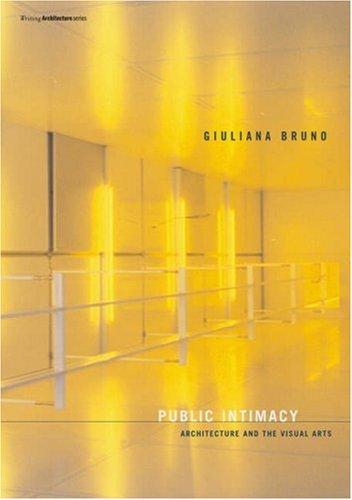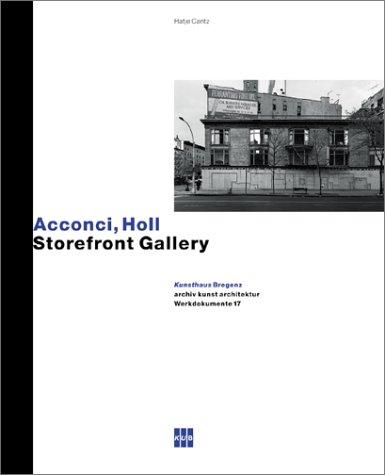
Environmental Politics, Technoscience, and Women Workers
by Michelle Murphy
- Author(s)
- Michelle Murphy
- Publication
- Durham ; London : Duke University, 2006
- Scope
- 264 Pages, illustrated, 23 cm.
Before 1980, sick building syndrome did not exist. By the 1990s, it was among the most commonly investigated occupational health problems in the United States. Afflicted by headaches, rashes, and immune system disorders, office workers - mostly women - protested that their workplaces were filled with toxic hazards; yet federal investigators could detect no chemical cause. Sick building syndrome embodied a politics of uncertainty that continues to characterize contemporary American environmental debates. Michelle Murphy explores the production of uncertainty by juxtaposing multiple histories, each of which explains how an expert or lay tradition made chemical exposures perceptible or imperceptible, existent or nonexistent. She shows how uncertainty emerged from a complex confluence of feminist activism, office worker protests, ventilation engineering, toxicology, popular epidemiology, corporate science, and ecology. In an illuminating case study, she reflects on EPA scientists’ efforts to have their headquarters recognized as a sick building. Murphy brings all of these histories together in what is not only a thorough account of an environmental health problem but also a much deeper exploration of the relationship between history, materiality, and uncertainty.
- Keywords
- architecture , environment , theory , sick building syndrome , health
- Stroom project
- Uncertainty Seminars ; From the Sea to the Clouds to the Soil
- Location
- Cabinet 31 - 2: Lichaam en architectuur
- Extra themes
- Body and Space
- Remarks
- Includes notes, bibliography, index
based on keyword


